Rickets is a bone condition that makes bones soft and fragile. It is majorly spotted in children and ordinarily surfaces because they don't get enough vitamin D, calcium, or phosphate.
This disease majorly invades bones that are still growing, which can lead to misshapen bones and sometimes breaks. Not getting enough sunlight, which helps make vitamin D in the skin, is routinely why people get rickets. On top of that, not eating enough foods with a handsome supply of vitamin D, like fish, eggs, and milk products with added vitamins, can end up in this problem.
Bowed legs are a vital trait of rickets, where the lower part of the legs bends outwards like a bow. It emerges because frail bones cannot duly sustain the body's weight. There are also elements like a prominent forehead called frontal bossing and a belly that sticks out because the muscles there are not vigorous. Also, kids with rickets may grow sluggishly compared to the expected pace and take more time to start walking or crawling.

Rickets have repeatedly been more prevalent in zones that lack sunlight, have limited food choices, and possess underdeveloped healthcare infrastructures. The incidence varies globally, but it is customarily more considerable in places with little sunshine due to weather conditions, societal customs, or personal lifestyle decisions. Over recent years, advanced countries have seen a deceleration in rickets cases due to augmented health measures such as fortifying foods with vitamin D and distributing supplements.
Despite upgrades, specific populations continue to experience rickets, majorly in zones with limited financial resources and demanding access to healthcare or nutritious food. What's more, infants fed solely on breast milk without supplemental vitamin D are in elevated jeopardy of obtaining the condition due to insufficient levels of the vitamin. Moreover, traditions limiting sun contact or restricting certain foods may cause more rickets incidents in particular communities.
In areas where rickets remain a notorious dilemma, educating the population about vitamin D supplementation![]() , diversifying their diet styles, and obtaining sufficient sunlight exposure is critical. Health initiatives targeting vulnerable clusters such as pregnant women, infants, and young children are critical to reducing the emergence of rickets and augmenting bone health. Cooperation among healthcare masters, policymakers, and community members is a must to initiate powerful strategies against rickets and maintain strong bones for all.
, diversifying their diet styles, and obtaining sufficient sunlight exposure is critical. Health initiatives targeting vulnerable clusters such as pregnant women, infants, and young children are critical to reducing the emergence of rickets and augmenting bone health. Cooperation among healthcare masters, policymakers, and community members is a must to initiate powerful strategies against rickets and maintain strong bones for all.

Rickets majorly surface due to a lack of critical nutrients such as vitamin D, calcium, or phosphate needed for proper bone growth and mineralization. If someone does not consume sufficient nutrients or is not exposed to a lot of sunlight that promotes the creation of vitamin D, their bones may be deficiently developed and become frail.
Not having enough vitamin D can cause rickets since it is decisive for managing calcium and phosphate![]() inside our bodies. When an entity does not receive sufficient sunlight, which takes part in producing vitamin D on the skin, they may suffer from a shortage of this nutrient. The issue may become more problematic in zones that receive little sunlight or throughout winter when individuals remain indoors frequently.
inside our bodies. When an entity does not receive sufficient sunlight, which takes part in producing vitamin D on the skin, they may suffer from a shortage of this nutrient. The issue may become more problematic in zones that receive little sunlight or throughout winter when individuals remain indoors frequently.
Eating styles play an influential factor in the emergence of rickets. If someone does not consume sufficient vitamin D-rich foods such as oily fish, eggs, and fortified dairy products, they may face a higher jeopardy of vitamin D deficiency. Likewise, if a person does not consume sufficient calcium and phosphate in their diet, it may cause worries with bone solidification and elevate the risk of developing rickets.
Health matters and multifaceted drugs can occasionally confuse the organism's absorption or processing of vitamin D, calcium, or phosphate, leading to a different form of rickets. Conditions where the body strains to absorb nutrients properly, chronic kidney disease, liver complications, and medications such as seizure preventatives and anti-inflammatory steroids may lead to this dilemma.
Lastly, genetic aspects enlarge the chances of certain rickets, such as hereditary forms impacting how our bodies manage vitamin D or phosphate. These genetic problems can confuse the normal bone creation process and enlarge the risk of developing rickets even when nutritional intake is sufficient.
Rickets can be witnessed by symptoms connected to the bones, a person's growth, and overall wellness. A considerable feature of rickets is noticing abnormal bone shapes, such as legs that bend outward or inward at the knees due to the bones becoming soft and frail. These peculiar aspects can affect how a person walks and positions their body, leading to struggles walking straight or standing upright.
Children suffering from rickets may witness delayed growth and development, such as their teeth emerging later than expected or the soft sectors of their skulls closing slowly. They may also display traits of muscle puniness, which can cause a delay in learning to sit independently, crawl about, or begin walking. Moreover, children with rickets can experience discomfort or tenderness in their bones, especially in sectors that bear the body's weight, such as the legs and spine.
Other indications of this indisposition can be modifications in the structure of bones, such as an enlarged forehead, a protruding abdomen due to fragile stomach muscles, and an inwardly curving spine. Since the bones are weaker, they may fracture more efficiently; thus, minor mishaps may result in damage.
In advanced rickets![]() , patients may experience plenty of fatigue and weakness and become quickly irritated due to the influential impact on their overall existence. On top of that, persons suffering from rickets may deal with numerous infections and miscellaneous health worries because their immune reaction is compromised and their bones are not strong.
, patients may experience plenty of fatigue and weakness and become quickly irritated due to the influential impact on their overall existence. On top of that, persons suffering from rickets may deal with numerous infections and miscellaneous health worries because their immune reaction is compromised and their bones are not strong.
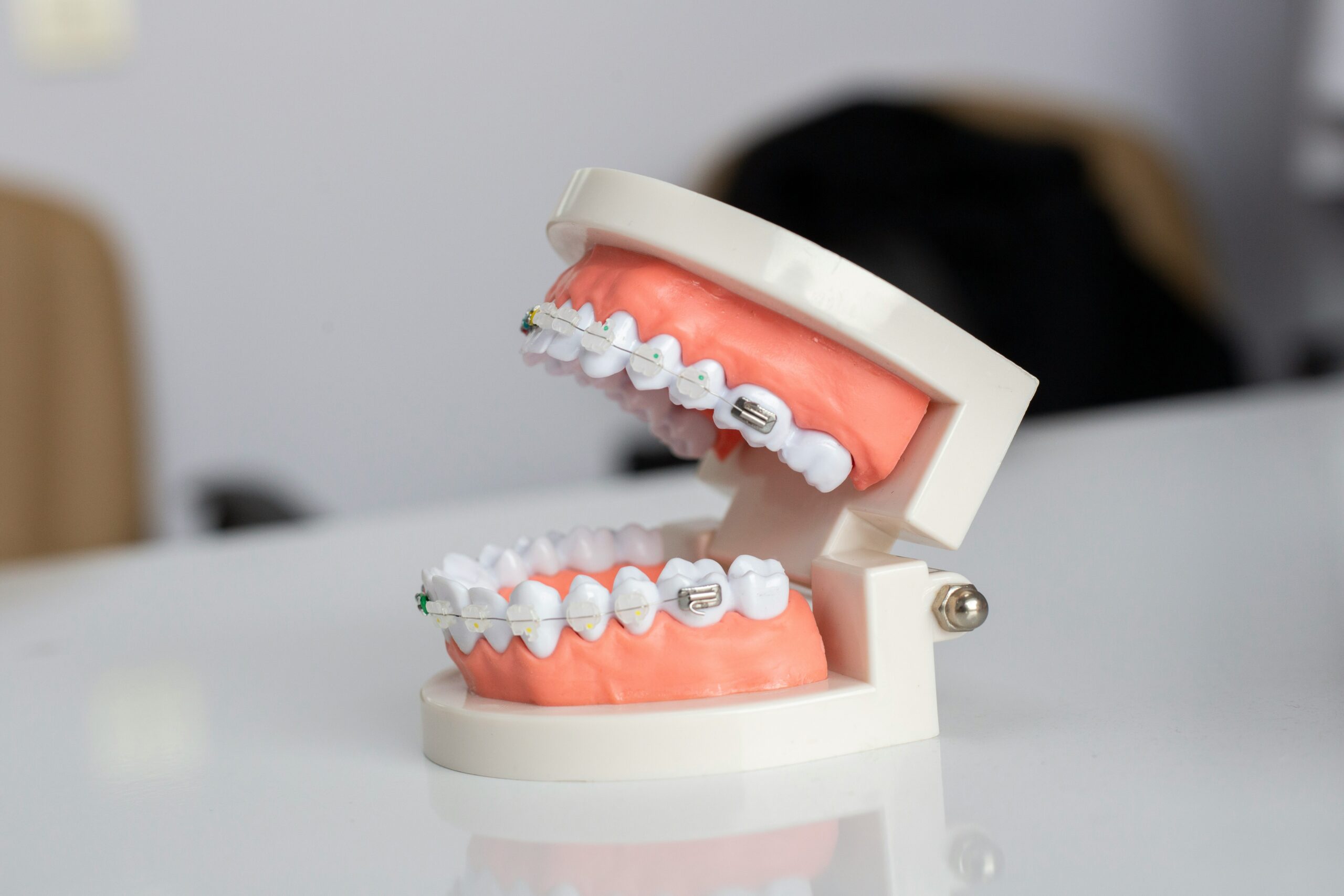
Rickets may cause different bone problems and influence how children grow and their general health condition. A primary concern from rickets is the change in the shape of bones, like legs that bend outwards or inwards or a spine that starts to curve. The bones become softer and weaker, changing how someone stands or walks. It makes it harder for them to do physical actions.
Persons who have rickets might see slower growth and development, like having teeth come in later than usual, the soft parts of their skull taking longer to harden, or it may take more time for them to reach essential steps such as sitting without help, moving on hands and knees, or starting to walk. These slow-downs can affect body size and how the mind develops; these individuals often need extra help or medical care.
Individuals suffering from rickets possess weaker bones that are more susceptible to fractures, sometimes even without significant injuries. Often, these people endure numerous breaks, and their bones need extra time for proper healing. This could cause ongoing problems and make it harder for them to use or control their body well.
When rickets are very bad or last for a long time, people might feel pain or discomfort all the time, especially where their body carries weight, like in their legs and back. This condition can affect how much they enjoy life, and they might need to take medicine for the pain regularly or do exercises to help ease these symptoms and improve their health.
Moreover, suppose rickets need to receive correct treatment or management. In that case, they might cause continuous problems for bone health, such as decreased bone density and a higher chance of osteoporosis and fractures as one ages. It underlines how crucial it is to identify and treat rickets soon to stop them from worsening and minimize the chances of later bone complications.
To find out if someone has rickets, doctors must do a careful study that involves checking the patient's health in person, doing blood tests, and taking pictures inside the body.
Health professionals often begin by thoroughly examining the patient to search for common symptoms associated with this condition. It may include analyzing the bones for unusual shapes, such as legs bending outwards or inwards, and observing growth and development progress.
In the lab, doctors often perform tests to see vitamin D, calcium, and phosphate levels in one's blood. When a person's vitamin D and abnormal calcium and phosphate levels are low, it can suggest they may suffer from rickets. Additionally, we can assess bone health by looking at specific indicators in the blood, such as alkaline phosphatase and parathyroid hormone.
X-ray images![]() and tests for the strength of bones are essential to confirm if a person has rickets and to understand the severity of their bone conditions. X-rays can reveal details such as enlarged growth plates, oddly shaped bones, and bones that lack density. The methods for taking pictures assist in differentiating rickets from other bone diseases and aid in making treatment decisions.
and tests for the strength of bones are essential to confirm if a person has rickets and to understand the severity of their bone conditions. X-rays can reveal details such as enlarged growth plates, oddly shaped bones, and bones that lack density. The methods for taking pictures assist in differentiating rickets from other bone diseases and aid in making treatment decisions.
Moreover, medical providers may inquire about a patient's diet, exposure to sunlight, and previous health problems to identify potential reasons for rickets. Collaboration is essential among pediatricians, endocrinologists, and radiologists to comprehend the illness thoroughly and provide optimal treatment.

To manage rickets, one must address the shortage of crucial nutrients and improve bone health by altering diet, incorporating vitamins or minerals via supplements, and modifying lifestyle habits. The primary goal of treatment is to increase insufficient nutrients such as vitamin D, calcium, and phosphate for proper growth and strengthening of bones.
Vitamin D must be administered to treat rickets, particularly when examinations indicate a deficiency. Physicians may advise oral vitamin D consumption in dosages determined by the patient's age, weight, and the severity of their vitamin D insufficiency. Regular monitoring of vitamin D concentrations is necessary to confirm that the supplement intake is sufficient and to enhance the health of bones.
In addition to using vitamin D pills, altering your diet to manage rickets is significant. Consuming foods rich in vitamin D, such as fatty fish, dairy items fortified with vitamins, and egg yolks, can enhance the intake of nutrients and strengthen the bones. It is also necessary to ensure you get plenty of calcium and phosphate from your food, like dairy products, leafy vegetables, and foods fortified with additional nutrients.
Moreover, sunlight is essential for our skin to produce vitamin D naturally![]() . Suppose individuals engage in outdoor activities and receive sun exposure carefully, particularly during the peak intensity of sunshine. In that case, they may boost their vitamin D levels without additional supplements. However, caution should be exercised to prevent overexposure and sunburn, especially in fair-skinned individuals.
. Suppose individuals engage in outdoor activities and receive sun exposure carefully, particularly during the peak intensity of sunshine. In that case, they may boost their vitamin D levels without additional supplements. However, caution should be exercised to prevent overexposure and sunburn, especially in fair-skinned individuals.
Medical professionals may intervene when rickets are severe or when nutrition and additional vitamins are insufficient. They might administer medication to correct mineral imbalances or perform surgical procedures to rectify misshapen bones. Healthcare professionals, such as pediatricians, dietitians, and endocrinologists, must collaborate to create individualized treatment strategies and monitor their effectiveness.

The continuation of rickets depends on the severity, timing of diagnosis, and effectiveness of treatments. If it's a benign case detected early and managed with duly nutrition intervention, the forecast is ordinarily optimistic. If we respond dynamically, it can be possible to repair the structure of bones so that individuals can grow and develop their bones as due.
If the rickets are grievous or carry on for a long duration, with bones that have altered in shape or instances of fractures and deformities, then recovery could be more complicated. Such persons may require intensive treatment over an extended period and possibly surgery to correct their bones or address extra complications.
Even with duly treatment, some individuals may experience notorious consequences from rickets, such as bones that remain misshapen or have lower density. These dilemmas can persist into adulthood. As they age, it is decisive for them to continually scout and keep up their health status to countermeasure worrisome aspects such as frail bones and fractures.
Table of Contents
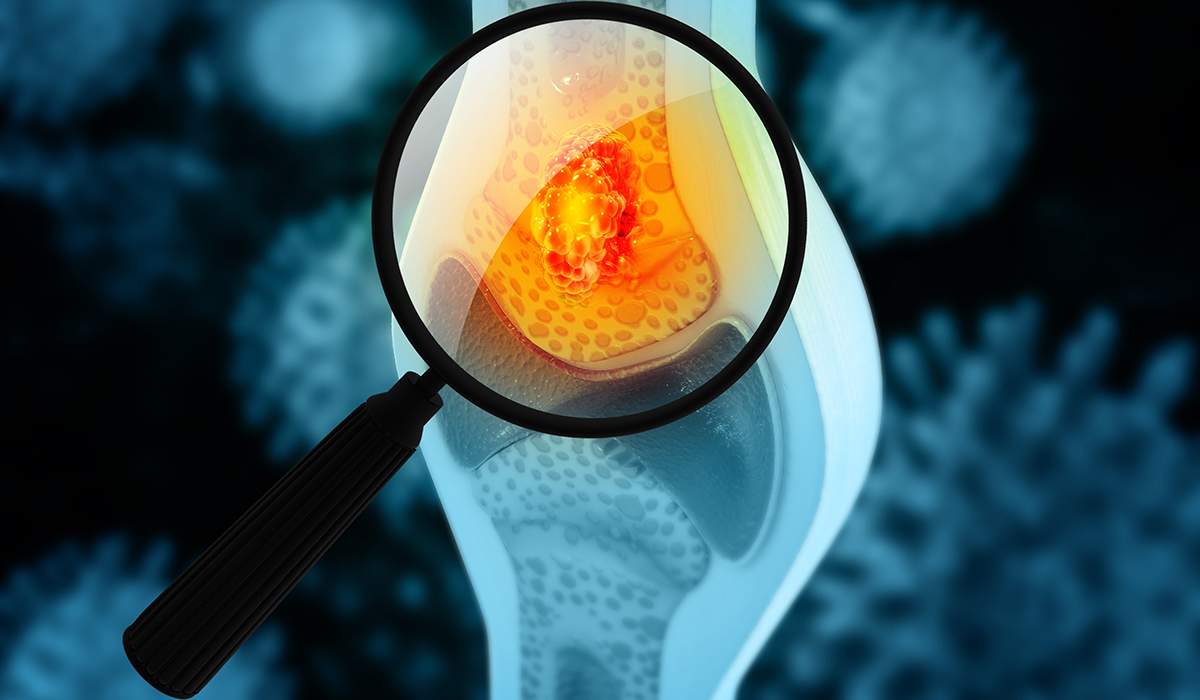
Bone cancer is a disease in which cancerous lesions develop in bone tissue. It can be primary or a result… read more »
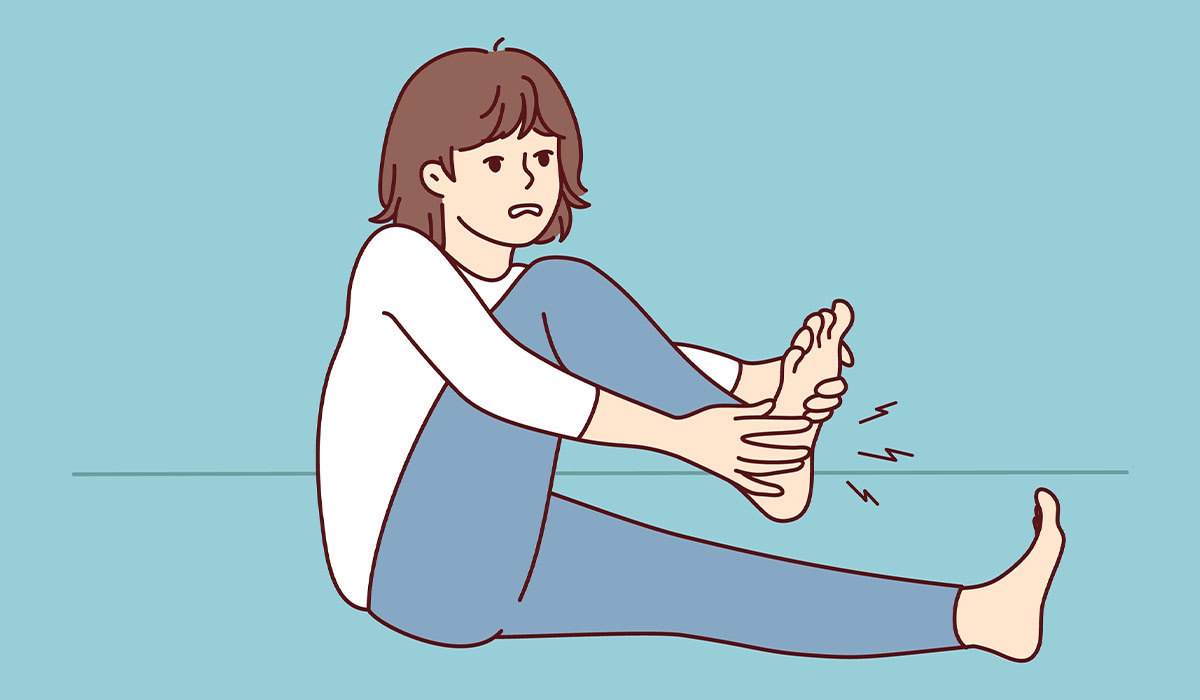
Restless legs syndrome is a disorder that causes unpleasant sensations in the legs and an irresistible urge to move them.… read more »

Vitamin D is a fat-soluble nutrient the human body needs to maintain health and functionality. It is both a vitamin… read more »
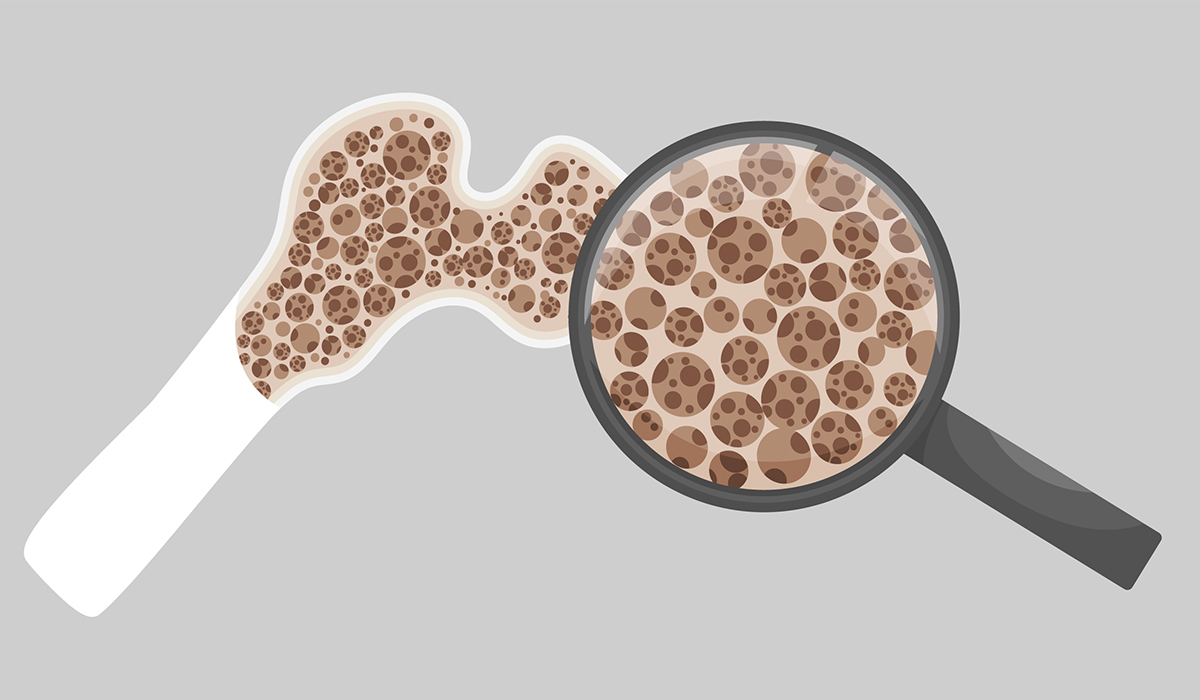
Osteoporosis is a bone affliction when the body loses too much of its bones, makes deficient bones, or both. So,… read more »
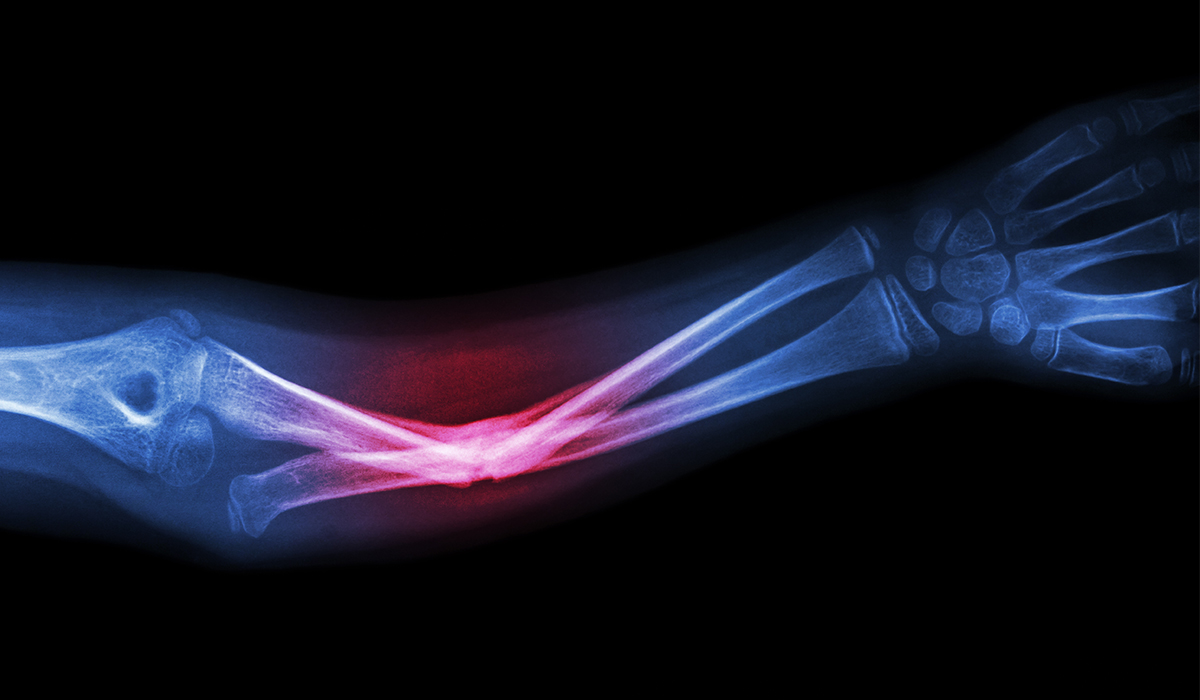
Bone fracture is referred to by specialists as either a crack or break in the bone, traditionally caused by excessive… read more »
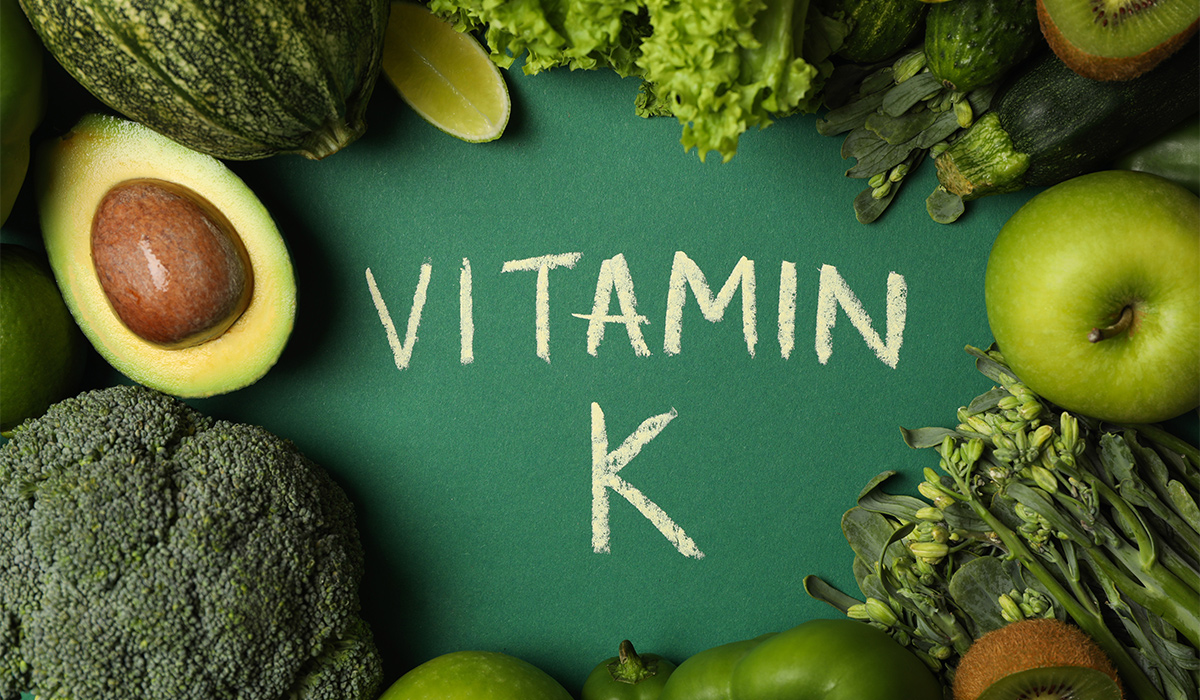
Vitamin K is a group of fat-soluble vitamins responsible for bone metabolism, blood clotting, and proper calcium levels. It is… read more »
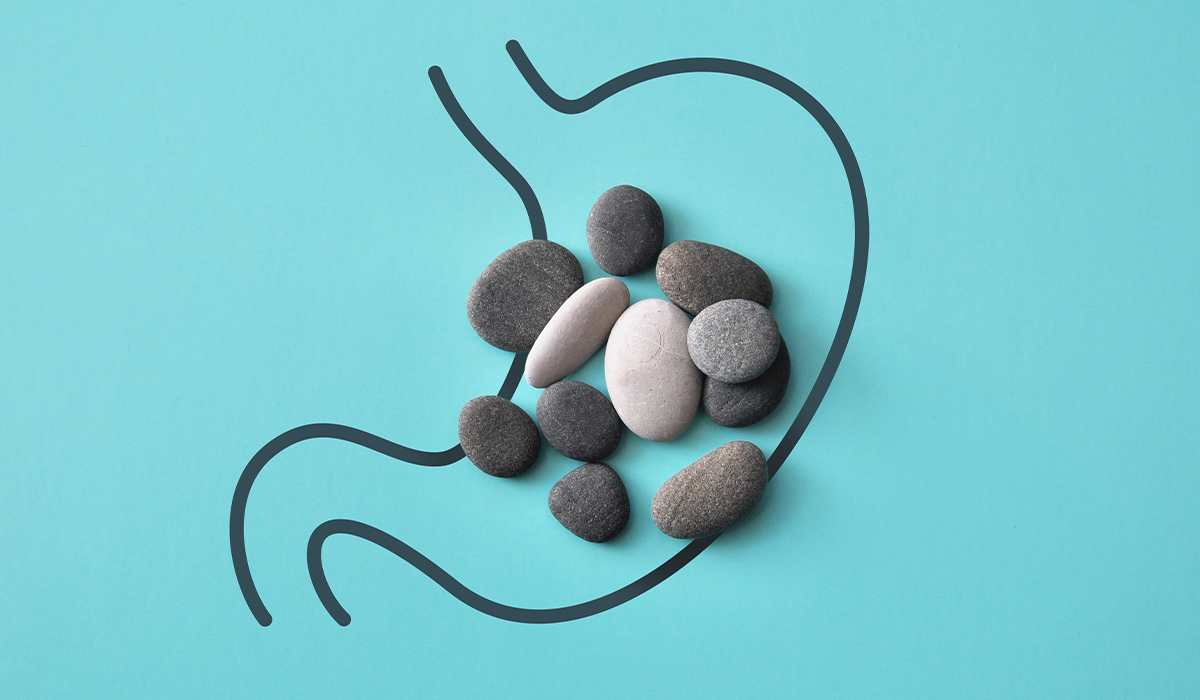
Kidney stones can form for a variety of reasons. Learn about factors that increase the risk of kidney stones. See… read more »

What should you eat to prevent vitamin B12 deficiency? What are the most common symptoms and who is particularly at… read more »

Vitamin A is one of the substances necessary for the proper functioning of the human body. Learn about its health… read more »